We really aren’t into visiting battlefields. Generally, they are macabre, empty fields with little to look at and much to get depressed about. But Little Bighorn Battlefield National Monument has some striking points of interest and, frankly, we were driving right by.
Gold is the driving force behind so many things. State creation, mass migration, and all out war. When gold was discovered in the spiritual center of the Lakota nation, miners ignored treaty agreements and encroached on tribal land. Despite early attempts to preserve the treaty, the US government quickly reconsidered their stance when gold was verified and attempted to buy the Black Hills from the tribes. When the tribal leaders refuse to sell the Black Hills, or live on the reservation where the US government wanted to relocated them, they were labeled hostile and cavalry moved in to round them up. George Armstrong Custer lead the 7th cavalry into the contested land on May 17, 1876. In the course of his movements Custer engaged a riverside encampment along the Little Bighorn River. This became the battle of Little Big Horn and Last Stand Hill—where Custer was finally cut down—is now a National Monument.
One can analyze Little Bighorn Battlefield National Monument from many lenses. Both sides were protecting a way of life. Recognizing this dichotomy is an excellent example of the singular perspectives most of us carry in a many-angled world.
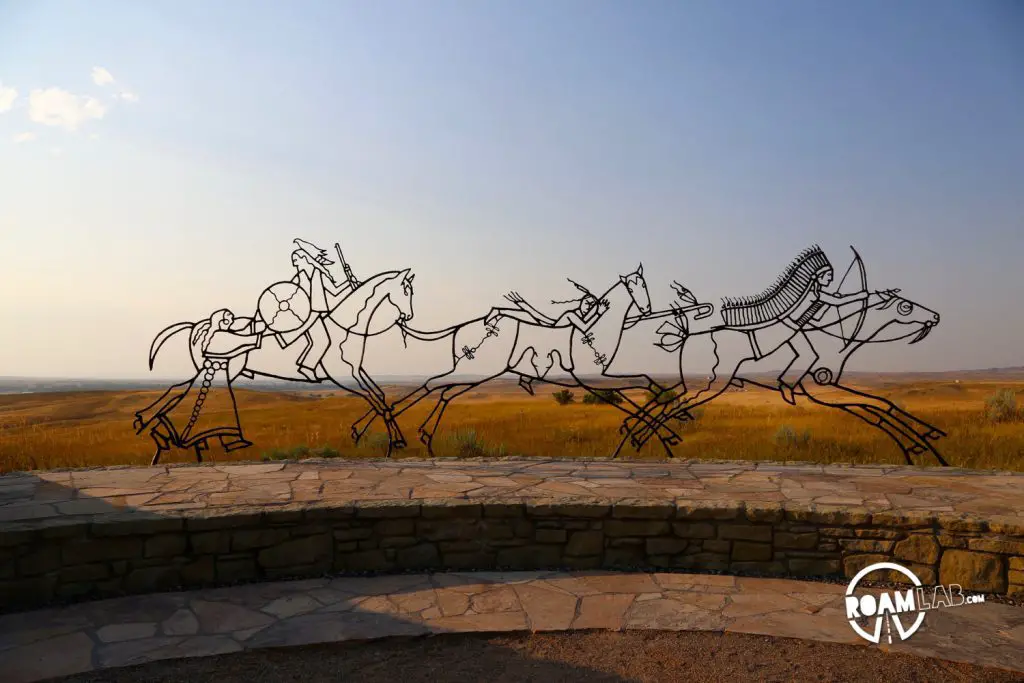
What makes Little Bighorn Battlefield National Monument particularly notable is that there are memorials for and by each side in the battle and from different eras since the battle. On one side of Last Stand Hill the old obelisk commemorating the 7th cavalry and other US citizens that died. On the other side is the more recent memorial sunken into a grassy mound where native Americans (both who fought for and against the United States) are commemorated. Grave markers for fallen people on both sides are scattered across the ridge, commemorating not only the fallen person but where they had fallen. One can trace how popular opinion of this battle has shifted over the decades by the age of different monuments. Some of the markers are so old that their dated nationalist language is a stark contrast from modern perspectives. Historians now recognize the “hostile indians” as human beings defending their homes and ways of life. But it is educational that these original markers remain.
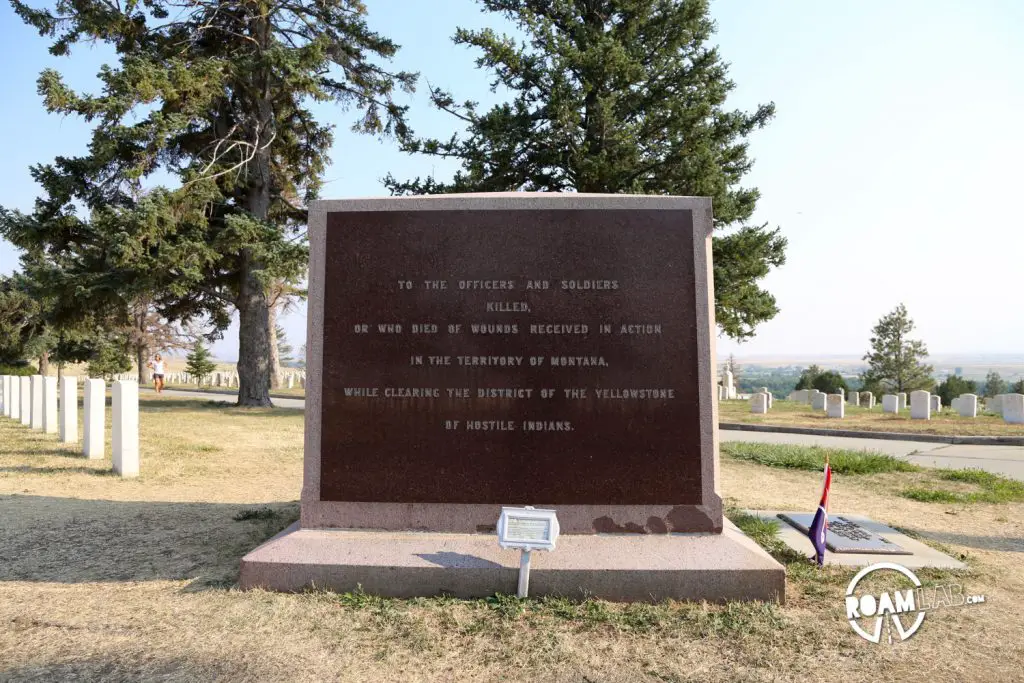
This particular marker is a sublime example of how interpretations of history shift. On the marker:
To the officers and soldiers killed, or who died of wounds received in action in the territory of Montana. While clearing the district of the Yellowstone of hostile indians
As soon as I saw the text, I had to read the amendment on the small marker in front of the monument:
Bearpaw Monument 1881
This monument was originally erected at Ft. Keogh in 1881 to honor U.S Army casualties from the 1877 Nez Perce War.
PLEASE NOTE: “Hostile Indians” is in historical context with a term used for Native American enemies of the United States during the 19th century. The historic structure is protected by the 1966 Historic Preservation Act and cannot be changed to reflect modern social norms.
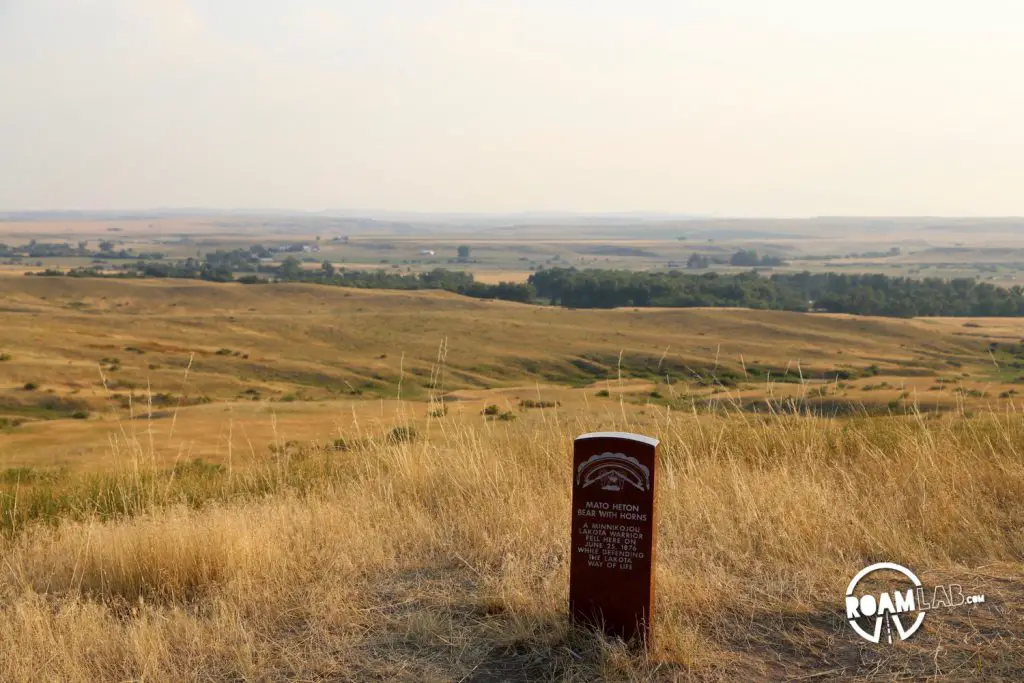
Understanding is not explicitly condoning. That “this is the way it was” does not mean that “this” was right. There were a lot of terrible things done here. The 7th cavalry attacked without provocation. The Plains Indians mutilated the bodies of the fallen. To see the shifting views of both sides throughout history is a valuable lens to contrast how we see modern opponents. Everything must have seemed so comfortably black and white when this bloodbath occurred. The truth is that nothing is ever that simple.



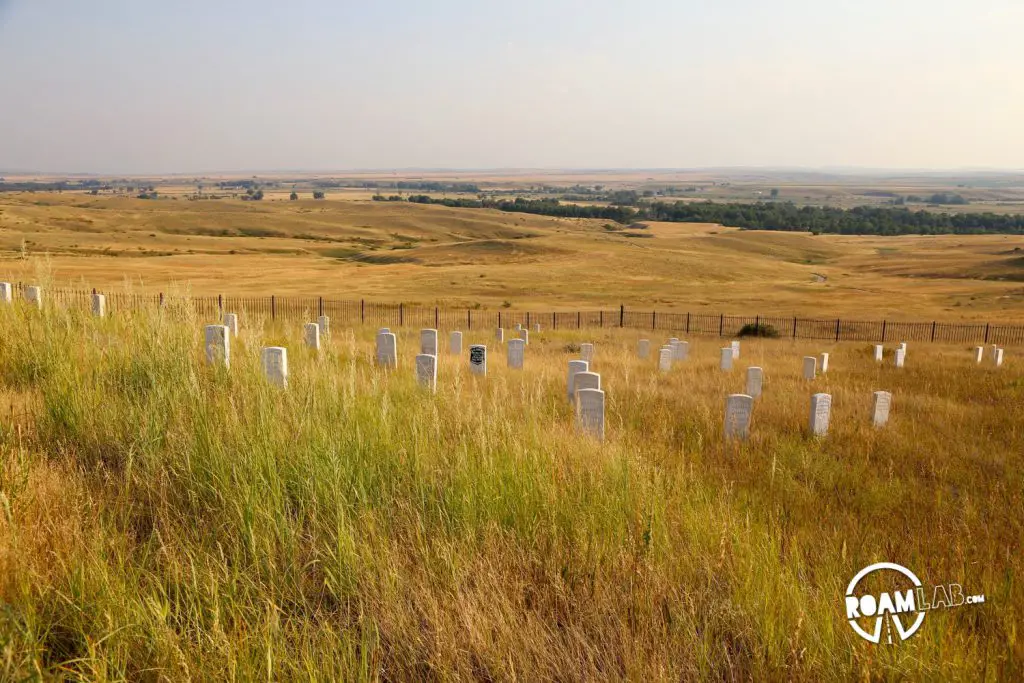
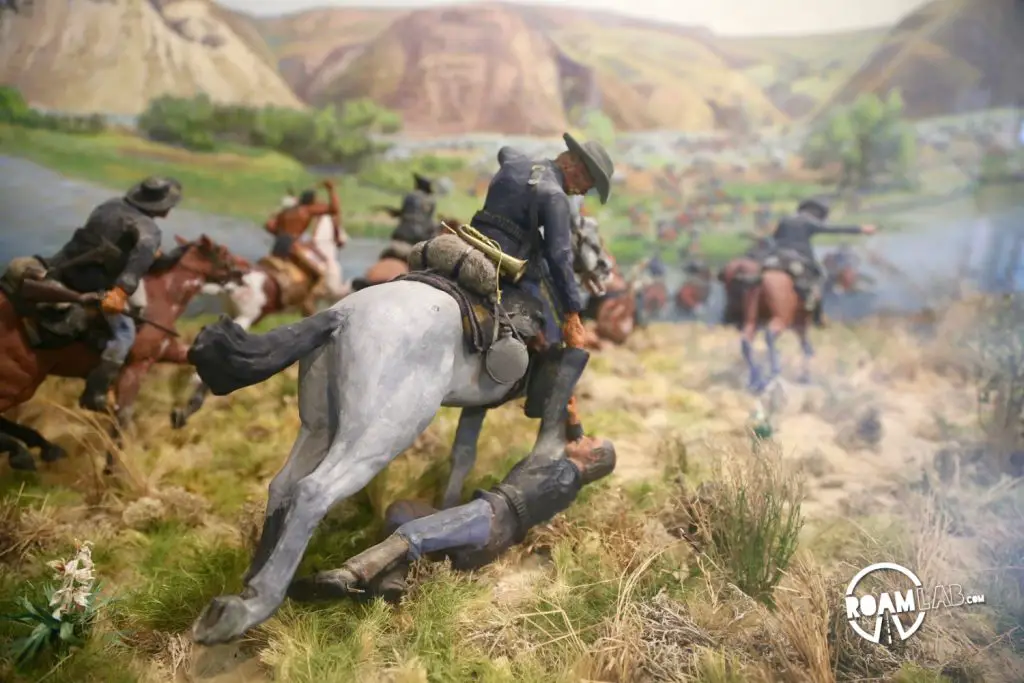
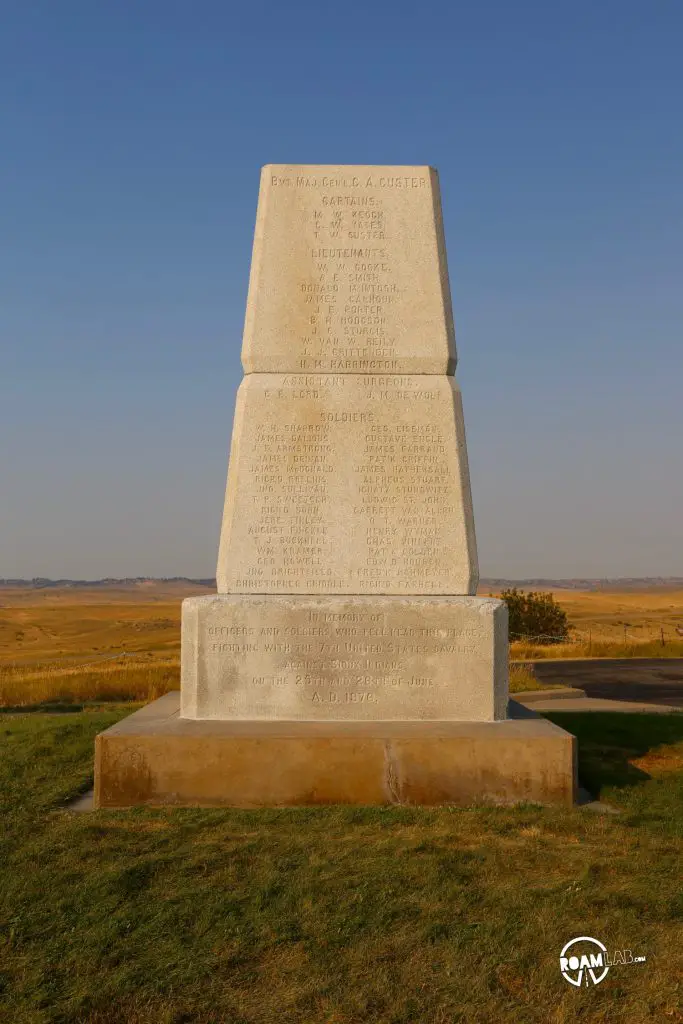



[…] opportunistic prospectors were not going to let a treaty stand between them and a fortune. Remember Little Bighorn? This is the […]